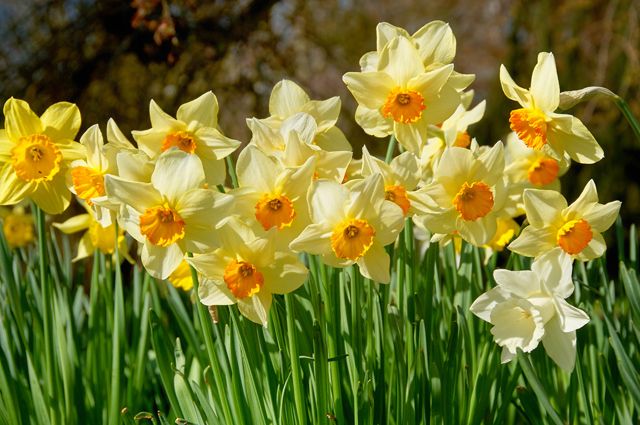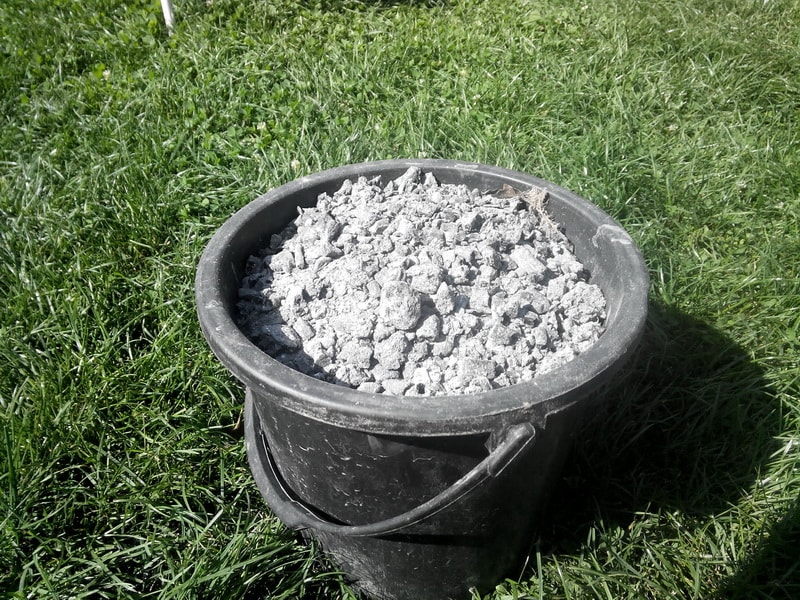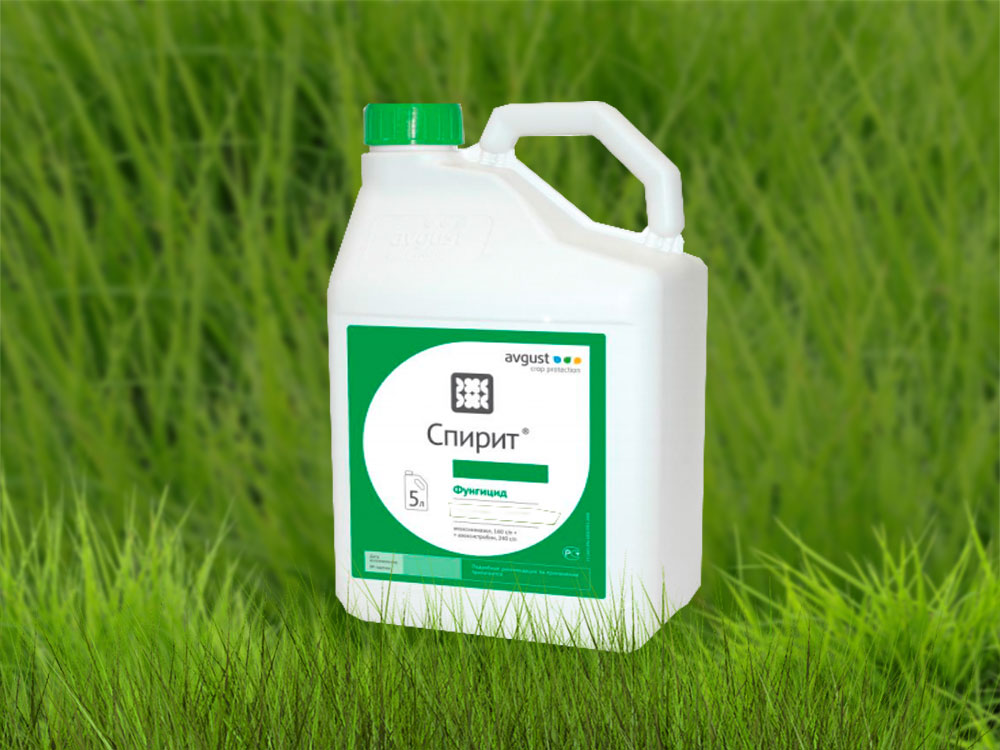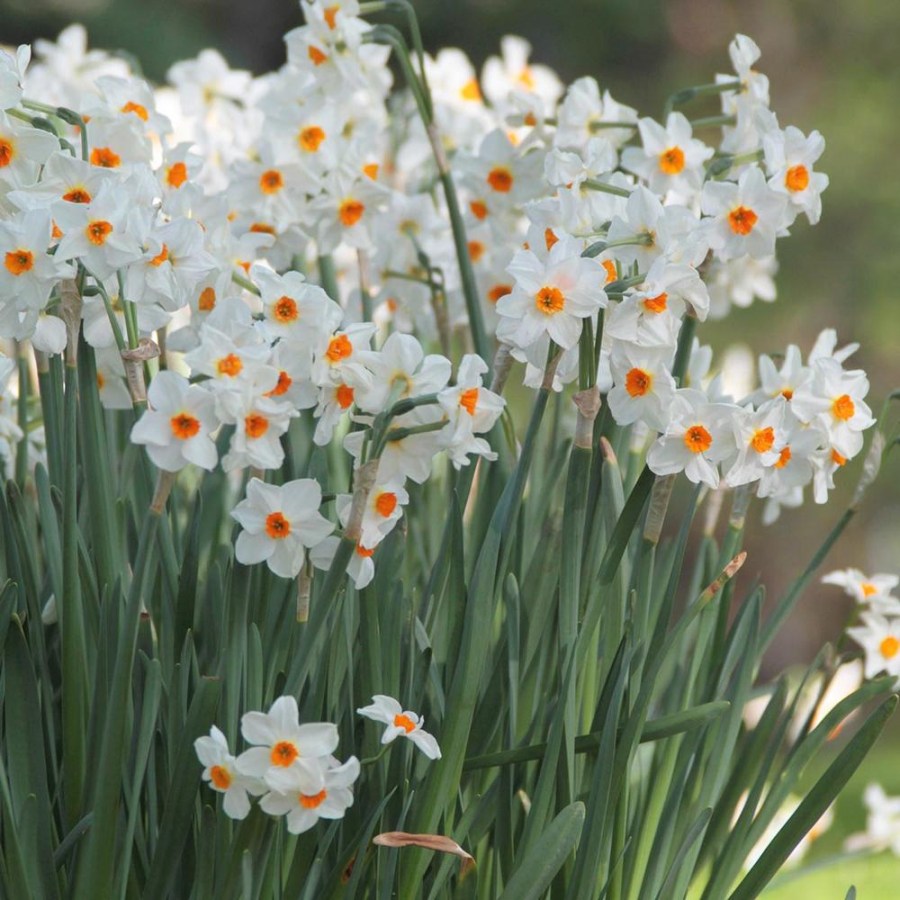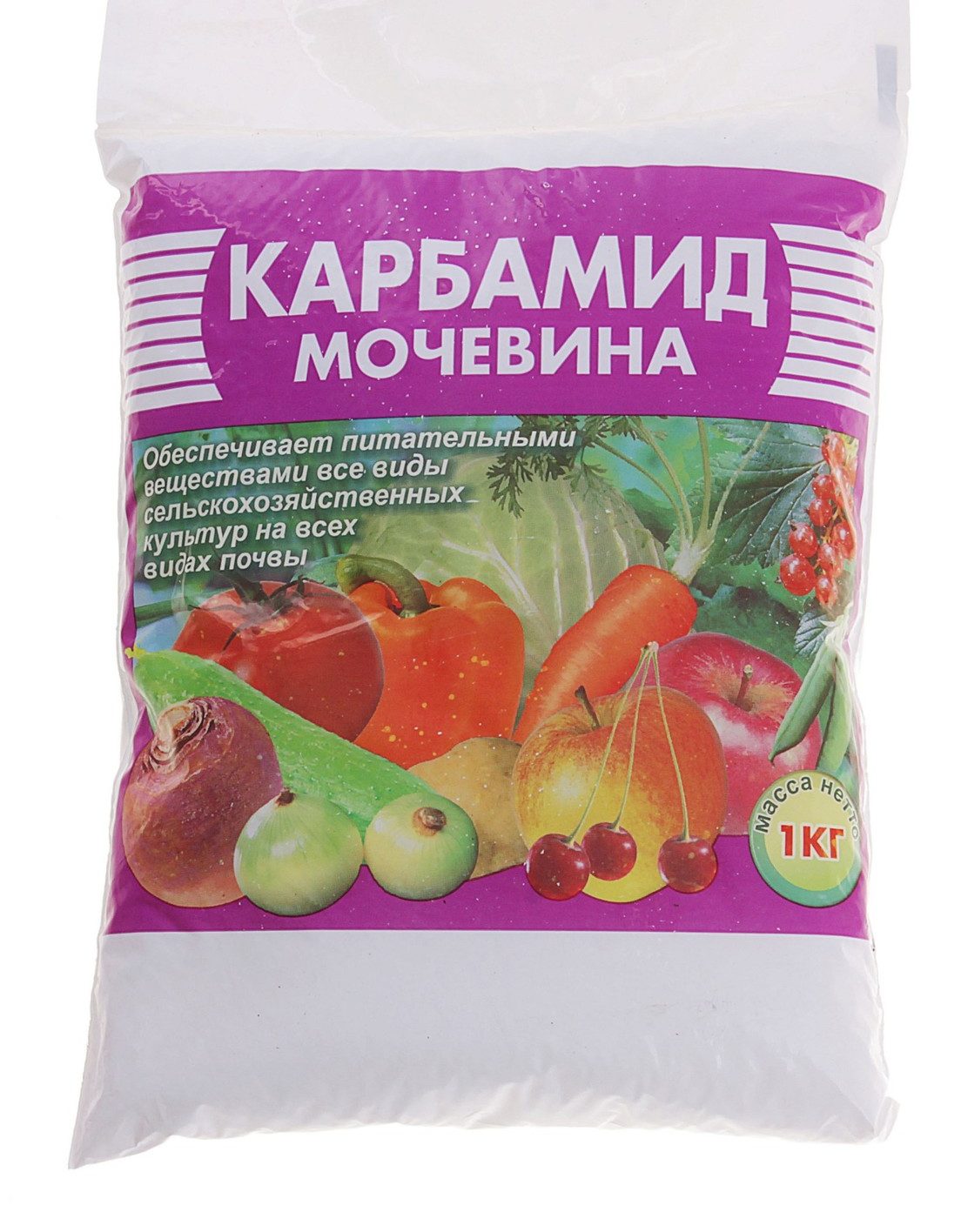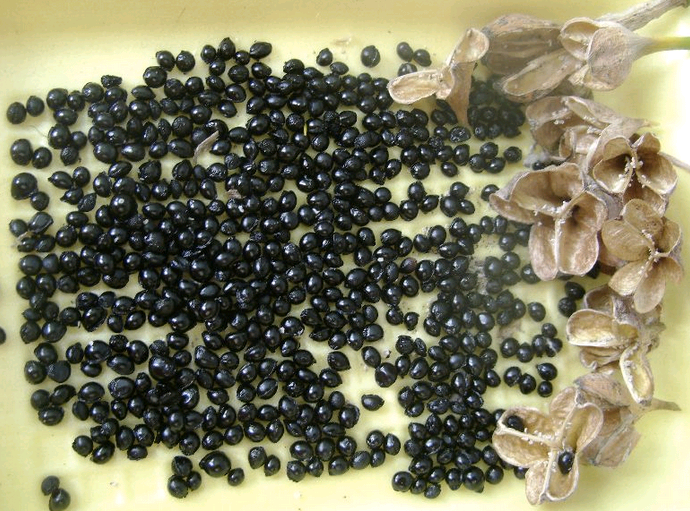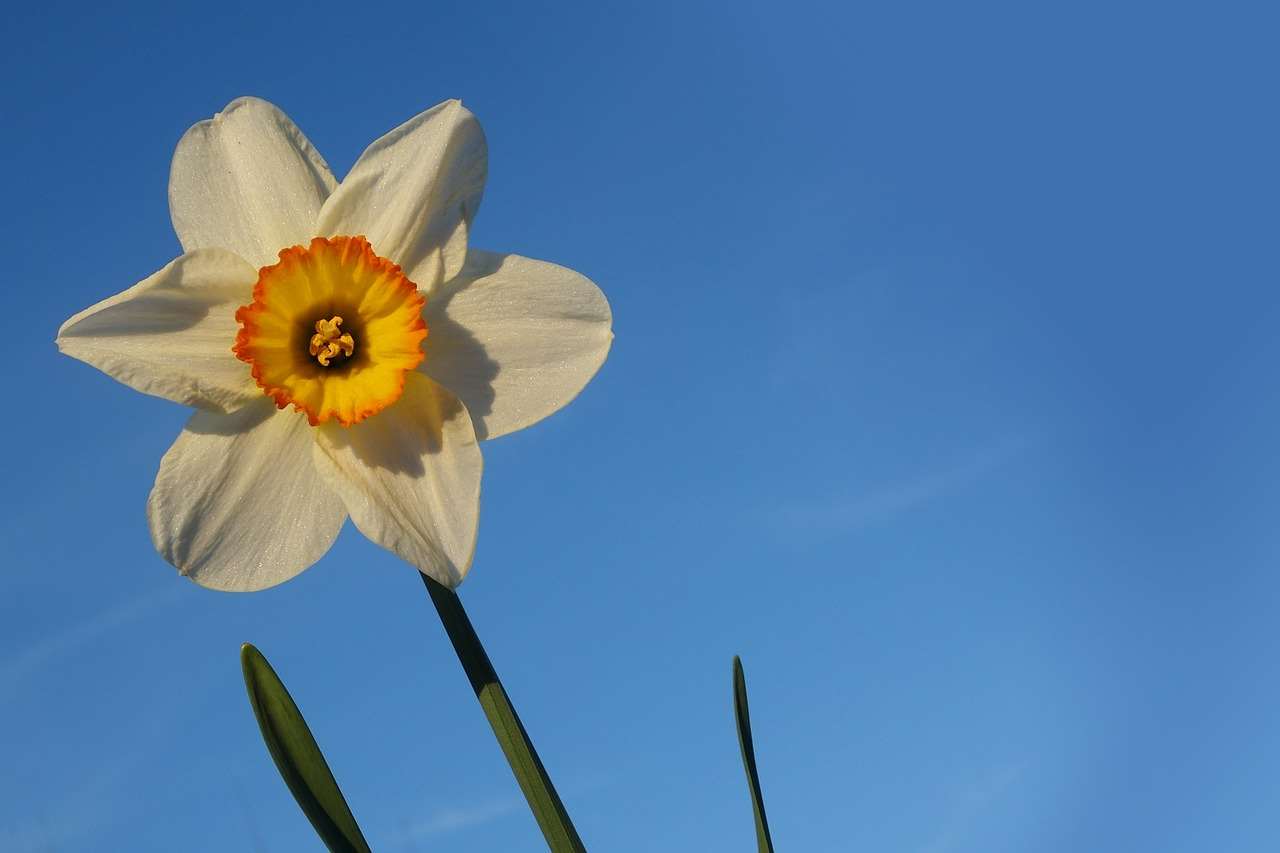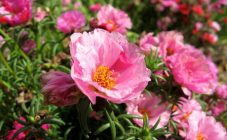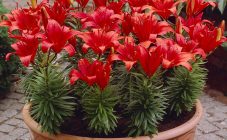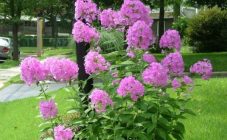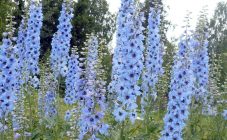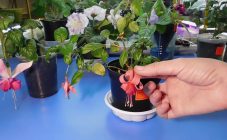Content:
Daffodils have spread from China around the world as ornamental plants and have become especially popular in Russia. They are able to grow both in apartments and houses, and in the garden at summer cottages. Cultivation of plants is quite specific and requires certain conditions. To do this, you need to know how to grow daffodils, and be able to apply knowledge in practice, as well as properly care for the plantings.
How to grow daffodils outdoors
Seat selection
Daffodils prefer draft-free areas. In the presence of closely lying groundwater, a drainage system is required. Plants require areas of sufficient light, but direct sunlight can destroy them. In this regard, the plot should be slightly shaded.
The soil must be water-absorbing and have a high degree of aeration. The acidity level should not exceed 7. Daffodils are able to develop normally next to other bulbous plants, but these crops are not suitable as predecessors due to the presence of common infectious diseases.
Soil preparation
The optimal varieties of soil for daffodils are sandy loam and loam. Excessively heavy soils can be lightened with peat, which in the volume of half a bucket is applied to every square meter of the plot. After that, the plot is dug up and its surface is leveled. At the same time, it is recommended to saturate the soil with complex mineral fertilizers.
If the available soil does not meet the stated requirements for daffodils, you can independently make it more suitable for this crop. So, on chernozem soils, ground straw and river sand are introduced in a ratio of 2: 1. On clay soils, the soil is improved with peat and sand, and on sandstones, special fertilizers are used, as well as black soil. In acidified areas, liming is carried out, using wood ash or lime for this purpose.
Daffodils are best and most conveniently cultivated in elevated furrows. To ensure the presence of such beds, it is required to prepare a soil mixture, which includes the following components:
- peat bog;
- black soil;
- river sand.
Rotten manure is added to the mixture, which has already lain for at least 5 years.
On the basis of the mixture formed, the beds of the required height are poured, or the mixture is poured into special pallets nailed from the boards. For each square meter of such soil, one tablespoon of phosphorus-potassium fertilizers is applied.
Preparation of planting material
For planting, only the best and fully formed bulbs are used, which are characterized by the correct shape and diameter of 6 cm. All substandard specimens, as well as sick and injured ones, are discarded. The selected bulbs are placed in a fabric bag with perlite for better preservation. Immediately before planting, the planting material is treated with fungicides.
Daffodils: Bulb cultivation
Depending on the weather and climatic conditions in the growing region, the procedure is carried out in August-October. It takes about a month for the bulbs to form a sufficient root system. Plants should not be exposed to freezing temperatures this month.
Planting depths vary from 13 cm on heavier soils with warm climates, and up to 26 cm in cold conditions on light soils. Freezing of the soil should not touch the planting material, as well as groundwater should not touch the bulbs. To facilitate the maintenance procedures, the row spacing is left equal to half a meter.
To protect against freezing, mulching materials are used: peat mixed with straw and humus. At the onset of the first negative temperatures, the plantings are additionally covered with dried grass or straw. At the onset of spring, the mulch and shelter must be removed as soon as possible before they provoke rotting.
How to grow daffodils from seeds
Narcissus is planted with seeds either when breeding wild specimens or in selective breeding for planting the resulting hybrids. The seeds are placed in pre-prepared containers and grown at a temperature of about + 20C. After two weeks of growing seedlings, the temperature is gradually lowered to + 15C.
Daffodils: growing and care
Watering and temperature
It is possible to obtain high-quality plantings of daffodils only if they are provided with full-fledged growing conditions. Irrigation is most important for plants during dry periods. The need for moisture remains relevant as long as the aerial part of the plants still exists. When the flowering phase ends, watering will allow the plantings to accumulate as many nutrients as possible. If there is no mulch on the plot, then after each irrigation, the soil is loosened and weeds are removed.
The beginning of the flowering phase and its duration are largely determined by the temperature regime of the soil and air. The optimal values of these indicators for the full growth of daffodils:
- +10 ° С for soil;
- +15 ° С for air.
Top dressing
During the budding period, plants are fed with complex mineral preparations. For this, one teaspoon of potassium sulfate, superphosphate and urea is poured into a 10-liter container with water and everything is thoroughly mixed. For each square meter of plantings, 5 liters of the prepared solution are applied.
Blooming daffodils are fed with a mixture of nitrogen, phosphorus and potassium substances. For this purpose, 1 teaspoon of nitroammofoska and 2 - Agricola are diluted in 10 liters of water.
In rainy conditions, it is allowed to carry out one dressing at the beginning of spring with dry preparations. To do this, one tablespoon of wood ash is added per 1 m2, as well as one teaspoon of the following preparations:
- superphosphate;
- potassium sulfate;
- urea.
Protection from pests and diseases
The most dangerous diseases for daffodils are various rot and fusarium. Plants are affected by pests such as:
- onion and tuberous hoverflies;
- slugs;
- narcissus fly;
- root or onion mite;
- nematode.
In the spring, before the formation of buds, the plantations are treated with appropriate insecticides and acaricides. In this case, it is necessary to strictly follow the instructions for use, trying not to exceed the concentration. When flowering is complete, the plants are sprayed with the following substances:
- copper sulfate (100 g of the drug per 10 liters of water, 200 ml of working fluid per square meter);
- Hom (40 g / 10 l of water, the consumption rate is the same as in the previous case).
How daffodils breed
As with most cultivated plants, daffodil propagation involves two main methods: vegetative and seed.
Vegetative way
This method involves the use of bulbs. Mother bulbs must be dug out together with 3-4 daughter ones formed during the growing season. The planting material is thoroughly cleaned, removing wilted particles. After that, samples affected by diseases or having received significant mechanical injuries are rejected from the total mass. The remaining healthy bulbs are peeled off and washed in clean water.
Following this, the planting material is placed for half an hour in a container with a solution of potassium permanganate for disinfection. After the specified period of time, the bulbs are ready for propagation. From the parent specimen, those specimens are first separated that fall off on their own without additional effort. Then comes the turn of the remaining bulbs, which are more tightly attached. The resulting cuttings are determined in a shaded room for drying, and then stored in a place where a constant temperature is maintained at + 17C.
The vegetative method is always used when propagating varietal plantings of daffodils. It allows you to preserve in the offspring those traits and properties that are inherent in the variety.
Seed method
To implement this method, you should collect the seeds in summer or late autumn and immediately, without letting them dry out, proceed to planting them. For this purpose, seeds are buried in open ground or in a soil mixture of a special box to a depth equal to the diameter of the seed in three times the size. During the first two years of cultivation, the plants do not bother, allowing them to fully grow and strengthen. In the third year, the plantings are transplanted to a permanent place of growth. Daffodils grown in this way usually bloom in the third or fourth year.
The negative side of this method is too strong splitting of traits in hereditary plants. It does not allow the characteristics of the mother plant to be transferred to new specimens and therefore is suitable for propagation of only wild plants. Knowing exactly what daffodil seeds look like is important, as these small black dots are often confused with other seeds.
Features of growing daffodils in a pot
Pot selection
The width of the container for domestic daffodils should vary from 10 to 14 cm, while the height should be about 15 cm. The best option is ceramic or clay pots. 2-4 bulbs are planted in such a container, depending on their size and varietal accessory.
Several through holes are made at the bottom of the pot. They are required so that excess moisture can flow out through them instead of stagnating in the container, causing putrefactive processes.
Planting daffodils
Planting date largely depends on the varietal characteristics of the plants. However, planting in early September allows the daffodils to begin blooming by winter. If the bulbs are planted in late November - early December, then flowering plants will be obtained by March 8th.
The bottom of the container is covered with small pebbles, pebbles and other drainage material with a layer three fingers high. The rest of the pot space is filled with a special soil mixture. The bulbs are planted, slightly burying them in the ground. Their tops should stick out slightly above the edges of the pot.
Moderate watering is carried out immediately after planting. The containers for early rooting are moved to a darkened room, the temperature in which varies between + 3 ... + 8 ° C, and left there for three months, after which they are returned back. During this period, the plantings should be ventilated, but without drafts. Further grooming is typical for all narcissists.
Knowing how to grow daffodils makes it easy to get good plantings. For a long period of time, they will delight gardeners and florists with colorful flowers.
